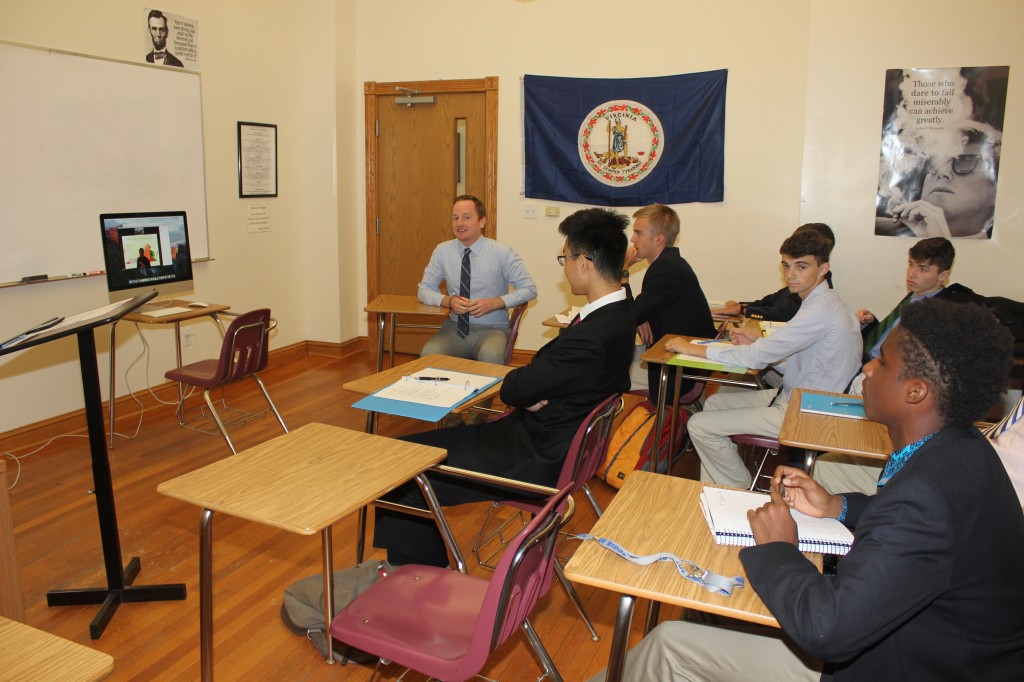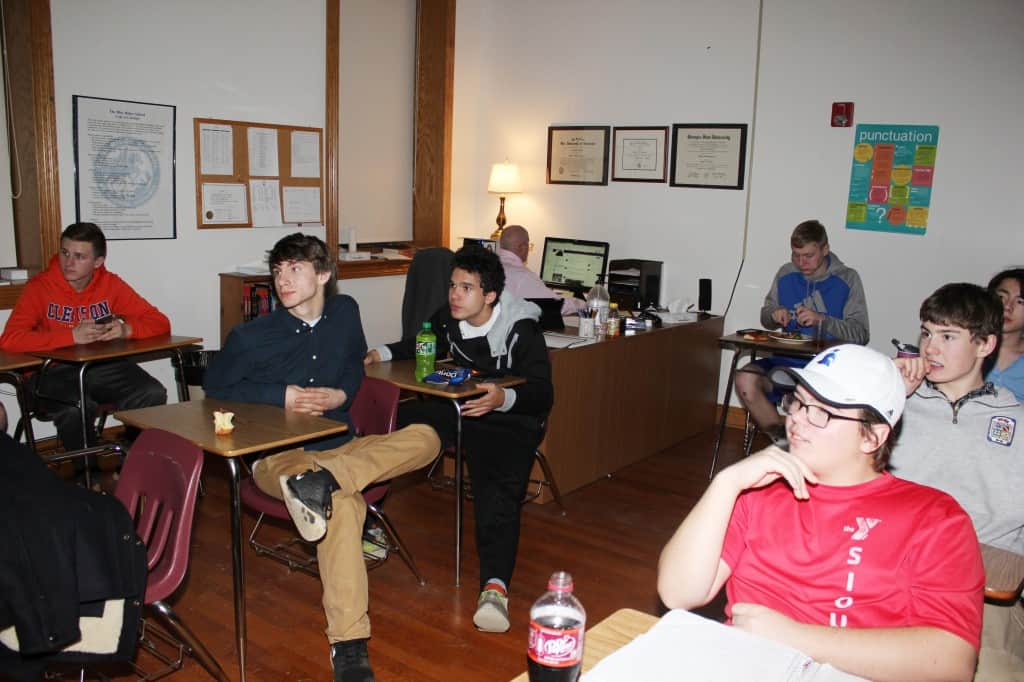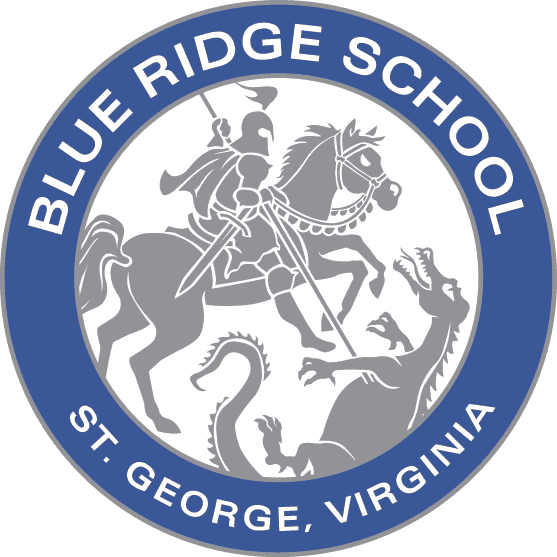Since English teacher Dan Dunsmore began to follow author T.C. Boyle on Twitter, he’s learned that the author, who tweets fairly often, really enjoys communicating with his fans in this way. Boyle has recently been on tour promoting his latest novel entitled The Terranauts. Among the other novels he has written are A Friend of the Earth, World’s End and The Tortilla Curtain. He has a loyal following of readers, and Dan has recently become one of them.
While searching last spring for interesting summer reading for his upcoming sophomores, he happened upon Boyle’s collection of short stories entitled The Human Fly and Other Stories. He was hooked after just the first few pages of the title story, and he thought Boyle’s cynical, humorous writing style might appeal to young readers.
On Thursday evening, January 19, T. C. (he had let Dan know he prefers to be called T. C. during several e-mail exchanges) agreed to dedicate an hour of Tweeting to questions a number of Dan’s sophomore English students had written ahead of time. The sophomores, chosen by Dan based on the quality of their questions, met in Dan’s English classroom where he displayed T. C.’s responses to the questions on the big screen. After having read The Human Fly and Other Stories this summer, the sophomores had recently re-read “Greasy Lake” and “56-0” from the collection so many of their questions were about those two specific stories. They also asked questions about T. C.’s inspiration, writing method and even his love for music.
“T. C. certainly knew how to keep the students engaged. Tweeting allowed the conversations to be concise and clever. The banter that ensued was fascinating. T. C. certainly entertained them, and I think they kept him on his toes. It’s not often that young readers have the chance to communicate with the author of stories they’ve just read, and he was happy to reveal a great deal about his writing process,” said Dan.
For the list of questions the students posed and T.C.’s responses, click here.
 Mr. Peter Bonds is also using social media in his classroom. As a history teacher, he believes it’s important to make time during class to discuss current events around the world as well as how it connects to the history that students are studying. This was especially true in the fall as the US Presidential election unfolded.
Mr. Peter Bonds is also using social media in his classroom. As a history teacher, he believes it’s important to make time during class to discuss current events around the world as well as how it connects to the history that students are studying. This was especially true in the fall as the US Presidential election unfolded.
Because of time constraints in covering the material the students needed to learn over the course of the year, he has found it difficult to adequately address current events as extensively as he would like. This year, however, he has been using Twitter to help him solve this dilemma.
In November, he created a Twitter account for his students to follow as it’s easy for them to access because Twitter doesn’t require a user to create an account in order to view tweets. Pete began by following a number of various news organizations from all over the world each with a different area of focus. When he saw a tweet covering a story or linking to an article that he felt was important for his students to read, he re-tweeted it for them to read. He has averaged about four tweets a day and makes a point to log on to Twitter each day during his planning period. He expects his students to glance at his Twitter feed fairly regularly — at least every other day.
Once a week he creates a very quick quiz covering the headlines and stories he’s tweeted over the previous week. Students complete this brief quiz on their phones, laptops or tablets, and he then uses the last ten minutes of class to facilitate a discussion of the important headlines from around the country and the world. “Because they all saw the same tweets, they each come to class with some good background knowledge about the topics we are discussing,” says Pete.
This project has also allowed him to cover content related to our school-wide yearly theme of sustainability. In addition to news organizations, he follows a number of organizations dedicated to environmental protection and conservation, and then re-tweets some of the interesting stories they publish.
“Engaging classroom discussions as well as the chance to hear the interesting and original thoughts and opinions of my students are what I love most about being a teacher. With this project I have been able to do more of that,” says Pete.




